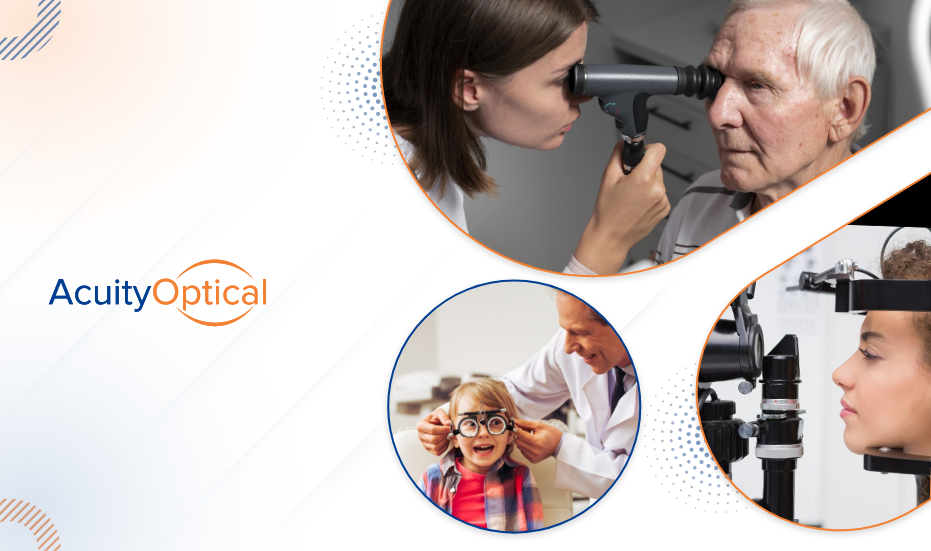November isn’t just a month on the calendar, it’s a designated time for diabetes eye awareness. This Diabetes Eye Awareness Month serves as a reminder that our eyes are deeply impacted by diabetes. As we delve into this month of heightened awareness, it becomes imperative to understand the intricate connection between diabetes and eye health.
Let’s understand the concept with the assistance of an experienced ophthalmologist Palm Desert
Diabetes, a chronic condition that affects the body’s ability to produce or use insulin. It can exert profound effects on various organs, and the eyes are no exception. The intricate network of blood vessels that nourish the eyes can be compromised by the elevated levels of blood sugar associated with diabetes. This can lead to a range of eye-related complications, collectively known as diabetic retinopathy.
4 Indicators that Show Diabetes is Beginning to Affect Your Vision
- Blurred Vision: This is one of the early signs that diabetes may be affecting your vision. Fluctuations in blood sugar levels can lead to changes in the lens’s shape, affecting the eye’s ability to focus. If you notice that objects appear blurry or hazy, especially after meals or periods of high blood sugar. Then it could be an indicator of diabetic vision changes.
- Fluctuation in Prescription Glasses: If you find frequent changes in your fluid levels within the eye, consequently, your ability to focus. It could be an early indicator of diabetes-related changes in vision. Regular eye check-ups from a renowned ophthalmologist Palm Desert are essential to monitor these changes and address them promptly.
- Floating objects: The presence of an increased number of floaters and flashes of light can be indicative of diabetic retinopathy. This condition occurs when elevated blood sugar levels damage the blood vessels in the retina, causing them to leak or bleed. The result is often the perception of floaters or flashes, which should prompt a thorough eye examination.
- Boosted Sensitivity To Glare: Diabetes can contribute to changes in the lens of the eye and affects its ability to manage light. If you find yourself squinting or experiencing discomfort in brightly lit environments, it could be an additional indicator of diabetes-related effects on your vision. Wear anti-glare Eyewear Palm Desert for a temporary escape from the intense light.
If you notice any changes in your vision, consult with your ophthalmologist Palm Desert promptly for a thorough evaluation.
How do Our Eye Experts Treat Diabetic Retinopathy?
- Our experts employ dilated eye exams to detect diabetic retinopathy in its early stages. By dilating the pupils, they get a clear view of the retina and can identify any signs of damage to blood vessels.
- OCT is a non-invasive imaging technique that our eye specialists use to obtain high-resolution cross-sectional images of the retina. It helps in assessing the thickness of the retina and identifying any swelling or fluid accumulation.
- In cases where abnormal blood vessels are detected, laser therapy is recommended. This technique is known as photocoagulation. It uses laser beams to seal or destroy abnormal blood vessels to prevent leakage and reduce the risk of vision loss.
- Our experts emphasize the importance of regular monitoring for individuals with diabetic retinopathy. This involves ongoing eye exams to track the progression of the condition and adjust treatment plans as needed.
Our ophthalmologists Palm Desert often work in collaboration with diabetes specialists to ensure comprehensive care. Managing blood sugar levels and other aspects of diabetes is crucial in preventing and managing diabetic retinopathy.
Managing blood sugar levels alongside ocular health is of key significance. As we observe November as Diabetic Eye Awareness Month, the message is clear, proactive monitoring, and early intervention are vital for preserving vision in individuals with diabetes.
At Acuity Optical, our ophthalmologist Palm Desert stresses the importance of regular check-ups, and utilizing advanced techniques for early detection and treatment.

